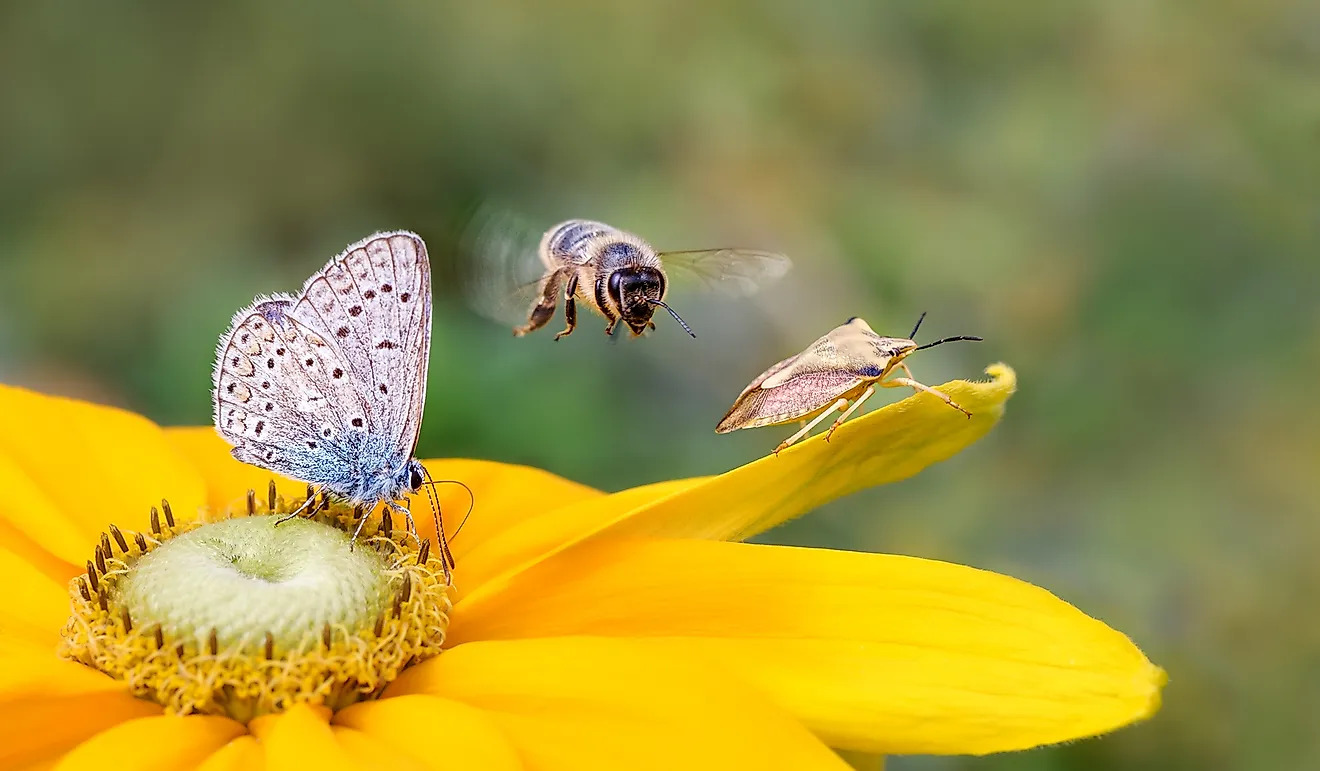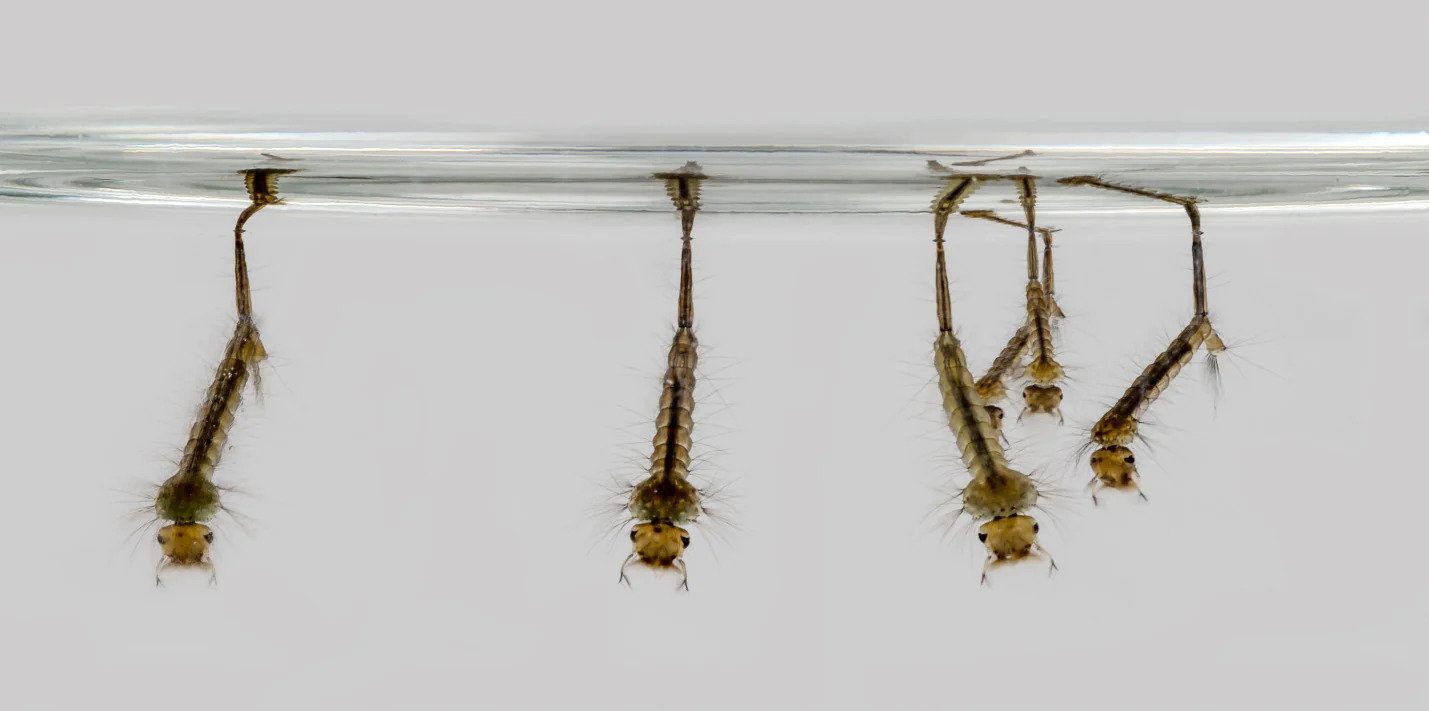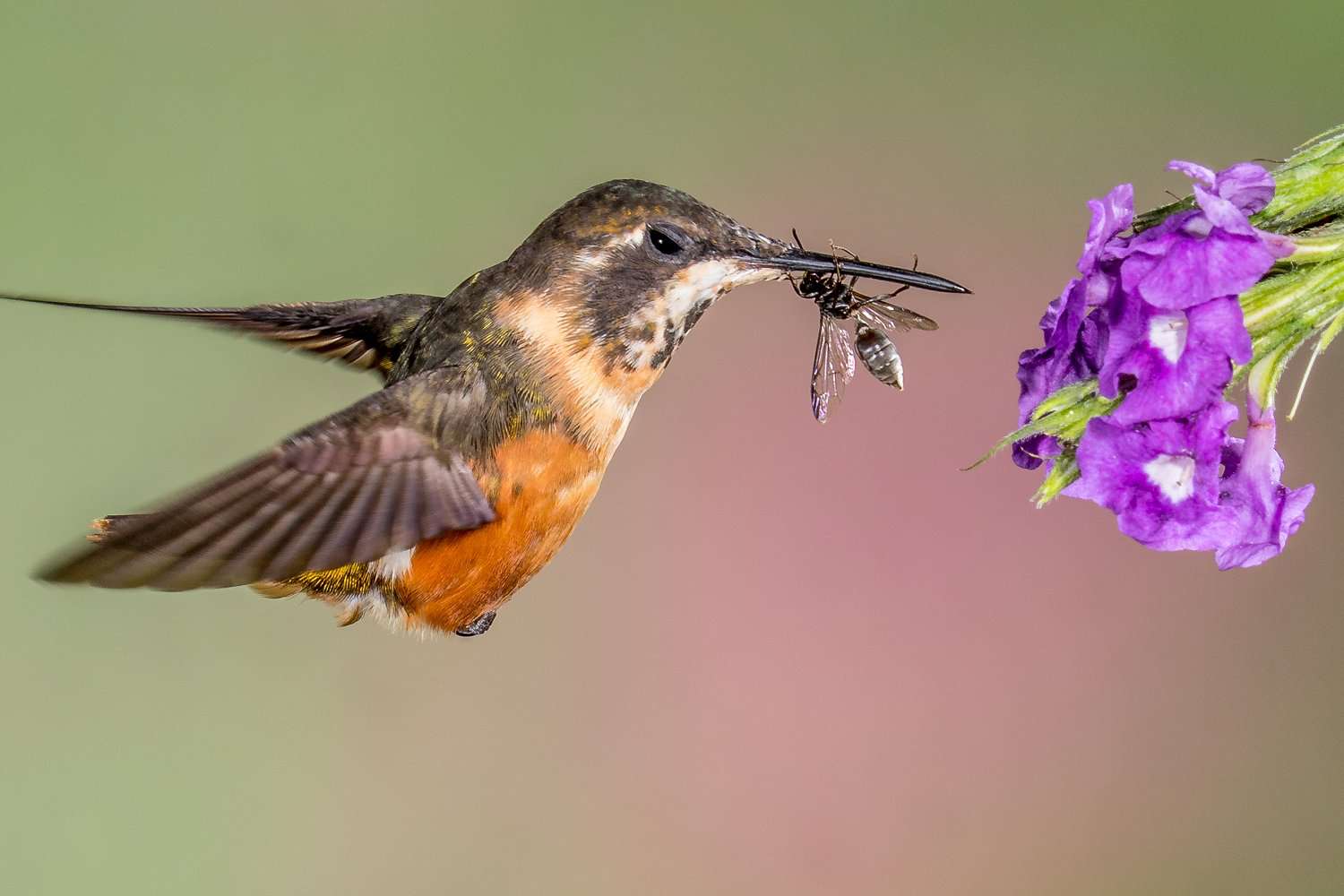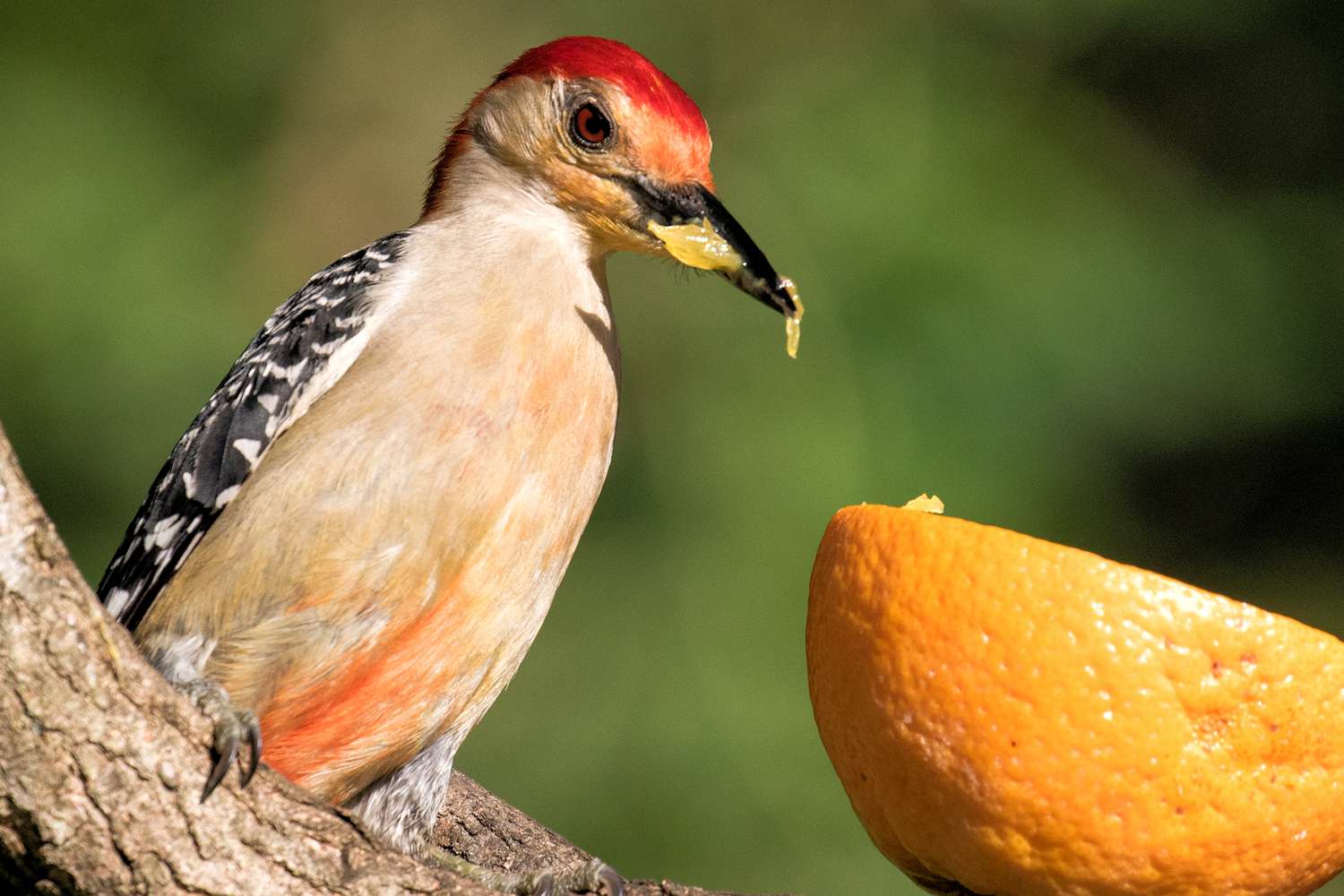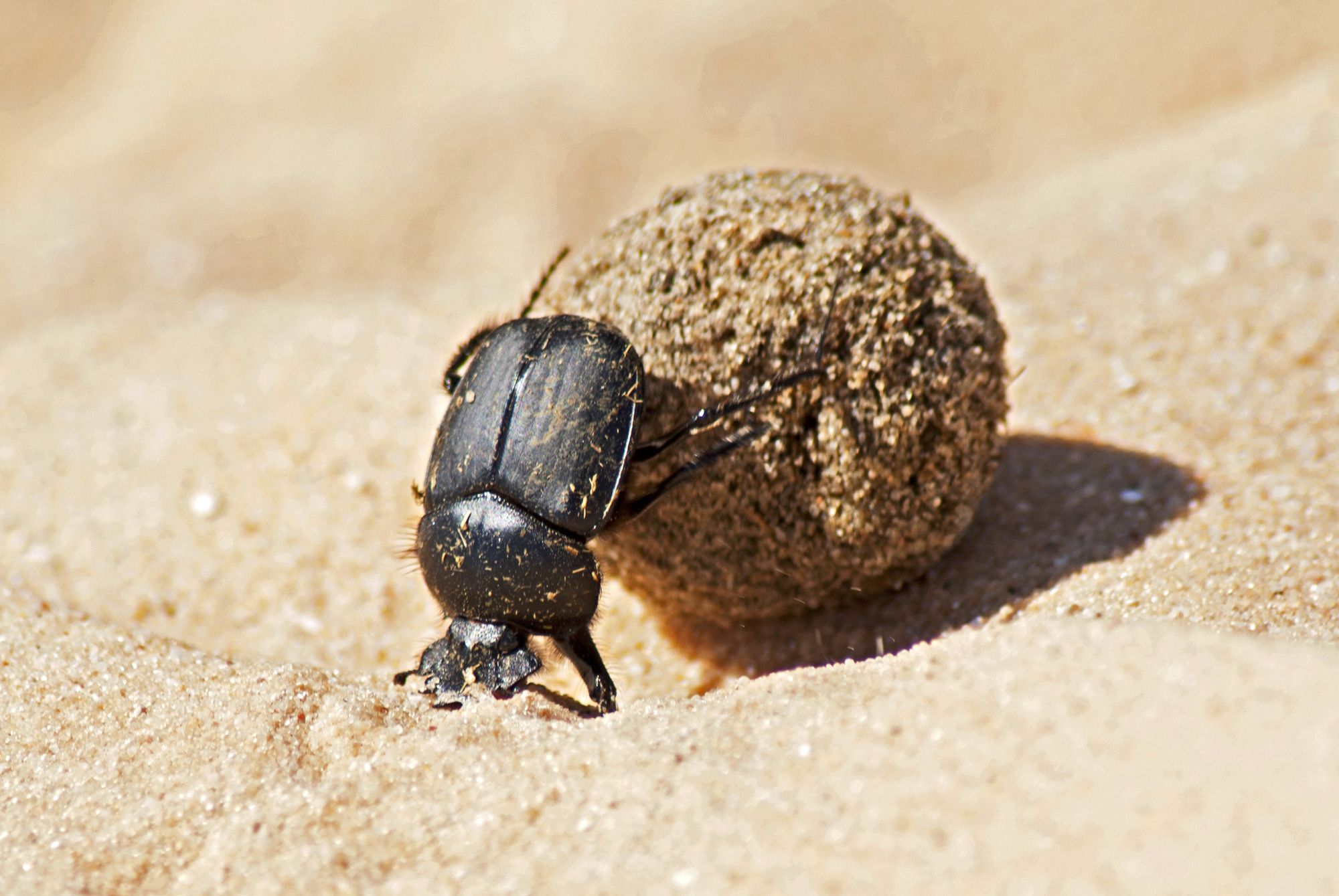Home>Gardening News and Trends>Latest News>What Do We Call An Organism That Eats Insects Tree Bark Fruit And Frogs


Latest News
What Do We Call An Organism That Eats Insects Tree Bark Fruit And Frogs
Modified: January 22, 2024
Get the Latest News on an Organism that Eats Insects, Tree Bark, Fruit, and Frogs
(Many of the links in this article redirect to a specific reviewed product. Your purchase of these products through affiliate links helps to generate commission for Chicagolandgardening.com, at no extra cost. Learn more)
Table of Contents
Introduction
Welcome to the fascinating world of diverse organisms with unique feeding habits. Nature never ceases to amaze us with its array of creatures, each adapted to survive and thrive by consuming specific types of food. In this article, we will explore the various organisms that have evolved to eat insects, tree bark, fruit, and even frogs.
The complexity and intricacy of the natural world are beautifully showcased through the diverse feeding behaviors of these organisms. From small insects to large mammals, each species has its own strategies and adaptations for acquiring nutrition.
By understanding the different feeding habits of these organisms, we can gain insights into the delicate balance of ecosystems and appreciate the complexity of nature’s web of life.
So, let’s embark on this journey to discover the fascinating world of insect-eaters, bark-eaters, fruit-eaters, and frog-eaters. Get ready to be amazed by the diversity and ingenuity of these incredible creatures!
Insect-Eating Organisms
The insect world is teeming with a vast array of species, and many organisms have evolved to exploit this abundant food source. Insects provide a rich and nutritious meal for a wide range of creatures, from tiny birds to large mammals.
One group of insect-eating organisms is birds. With their sharp beaks and agile flight, birds are well-equipped to capture and consume insects. They can be seen darting through the air or perched on branches, plucking insects out of the air or searching for them in foliage. Species like swallows, flycatchers, and kingfishers are known for their impressive insect-catching skills.
Another group of insect-eaters is some species of mammals. Bats, for example, have a unique ability to navigate through the dark using echolocation. They can detect insects in flight and swoop down to snatch them from the air. Similarly, certain species of primates, such as tarsiers and bushbabies, have evolved to feed primarily on insects, using their agile hands and sharp teeth to catch and consume their prey.
But it’s not just birds and mammals that have adapted to feast on insects. Reptiles and amphibians also make up a significant portion of the insect-eating population. Anoles, geckos, and chameleons are examples of reptiles known for their insectivorous diet. These creatures use their long, sticky tongues to capture unsuspecting insects. On the amphibian side, frogs and toads are notorious insect hunters, employing their long, sticky tongues and lightning-fast reflexes to catch and consume their prey.
Overall, the world of insect-eating organisms is a diverse and captivating one. From birds and mammals to reptiles and amphibians, these creatures have honed their skills in capturing and devouring their tiny and agile prey. Their specialized adaptations and feeding strategies are a testament to the wonders of evolution.
Tree Bark-Eating Organisms
The consumption of tree bark may not be the most glamorous or conventional feeding habit, but for some organisms, it serves as a vital source of sustenance. Bark-eating organisms have adapted unique mechanisms to extract nutrients from the fibrous and protective outer layers of trees.
One notable group of tree bark-eaters is the woodpeckers. These remarkable birds have specialized beaks that are perfectly designed for drilling into tree bark. They use their powerful beaks to create holes, allowing them to access the tasty insect larvae hidden beneath the bark. Woodpeckers also feed on the sap that oozes out from the wounded tree. Their strong beaks and agile tongues allow them to extract the nutritious sap and larvae with precision.
Another group of bark-eating organisms are certain species of rodents. Beavers, for instance, are well-known for their ability to gnaw through the tough bark of trees. They consume the inner layer of cambium, a tissue that lies just beneath the bark, which is rich in sugars and nutrients. These industrious creatures not only feed on tree bark but also use it to construct dams and lodges, showcasing their resourcefulness and adaptability.
Additionally, some species of insects have evolved to consume tree bark. Bark beetles, for example, tunnel into the bark of trees, creating intricate networks of tunnels in the process. They feed on the cambium layer, eventually causing damage and potentially leading to the death of the tree. While they may be considered pests from a human perspective, these tiny insects play a crucial role in decomposing dead and decaying trees, contributing to the cycle of nutrients in forest ecosystems.
Overall, the ability of certain organisms to extract sustenance from tree bark showcases their remarkable adaptability and survival strategies. From woodpeckers and rodents to bark beetles, these creatures have evolved specialized anatomical features and feeding behaviors to exploit this unique food resource. The intricate relationship between bark-eaters and trees highlights the delicate balance of ecosystems and the interconnectedness of all living organisms.
Fruit-Eating Organisms
The vibrant and enticing world of fruits offers a bountiful feast for numerous organisms across the animal kingdom. Fruits are not only delicious but also packed with essential nutrients, making them a highly sought-after food source for many creatures.
One group of fruit-eating organisms is birds. With their keen eyesight and beaks perfectly suited for plucking and consuming fruits, birds play a significant role in seed dispersal. They consume fruits, digest the fleshy parts, and excrete the seeds elsewhere, aiding in the reproduction and distribution of various plant species. Birds like hornbills, toucans, and various species of parrots are well-known for their fruit-eating habits.
Another prominent group of fruit-eaters is primates. Monkeys, gorillas, and orangutans are well-adapted to locate and consume a wide variety of fruits. Their dexterous hands and complex dietary preferences allow them to navigate through the forest, carefully selecting and consuming different types of fruits depending on availability and taste. Some primates even exhibit specialized behaviors, such as using tools to access hard-to-reach fruits or using leaves to wrap and transport fruits.
Insects are not to be left behind when it comes to fruit consumption. Certain species of beetles, flies, and wasps rely on fruit as a crucial part of their diet. They may feed on the ripe and decaying fruits, aiding in decomposition processes and contributing to nutrient cycling within ecosystems.
Lastly, mammals such as bats also play a significant role in fruit consumption. Fruit bats, in particular, have evolved to be highly specialized in feasting on fruits. With their keen sense of smell and ability to fly at night, they locate fruit-bearing trees in the darkness and consume large quantities of fruits in a single sitting. As they fly from tree to tree, they inadvertently disperse the seeds through their droppings, helping in the regeneration of forests.
From birds and primates to insects and bats, fruit-eating organisms play a crucial role in the dispersal and propagation of plant species. Their feeding habits contribute to the biodiversity and ecosystem functioning, making them an essential part of the natural world.
Frog-Eating Organisms
Frogs, with their unique hopping movements and distinct calls, have captivated our imagination for centuries. While frogs may seem harmless, they are a source of food for a variety of organisms throughout the animal kingdom.
One group of frog-eating organisms is snakes. Many species of snakes have specialized adaptations for capturing and consuming frogs. With their elongated bodies and exceptional agility, snakes can quickly strike and immobilize their prey. Some snakes have venomous bites that subdue frogs, while others rely on constriction to suffocate them. Examples of snakes that feed on frogs include the green tree python and the giant bullfrog.
Another group of predators that indulge in frog feasts are birds. Herons, storks, and egrets are known to specialize in hunting frogs near bodies of water. These birds have long legs, sharp beaks, and a keen eye for spotting their amphibious prey. With a swift strike, they can snatch frogs from the water or catch them while they are out on land.
Some mammals also have developed a taste for frogs. Otters, for instance, are skillful swimmers that can locate and capture frogs with ease. They have sharp teeth and dexterous paws that enable them to secure their slippery prey quickly. Additionally, certain species of primates, like the tarsier, have been known to include frogs in their diets, using their agile hands and sharp teeth to catch and consume them.
Reptiles, apart from snakes, also contribute to the consumption of frogs. Crocodilians such as alligators and crocodiles are opportunistic predators that will gladly devour frogs if given the chance. With their powerful jaws and surprising bursts of speed, they can quickly snatch frogs that venture too close to the water’s edge.
Amphibians themselves are not exempt from eating their own kind. Cannibalism is not uncommon among frogs, with larger frogs sometimes preying on smaller ones. This behavior is typically observed in overcrowded or resource-limited habitats, where competition for food is high.
From snakes and birds to mammals and even frogs themselves, frog-eating organisms each have their own strategies and adaptations for capturing and consuming their amphibious prey. The predatory interactions between these creatures contribute to the delicate balance of ecosystems and the regulation of frog populations.
Conclusion
The natural world is a testament to the incredible diversity and adaptability of living organisms. Through their varied feeding habits, organisms have evolved to exploit different food sources, ensuring their survival and contributing to the complex web of life on Earth.
Insect-eating organisms, such as birds, mammals, reptiles, and amphibians, have developed specialized adaptations to capture and consume these agile and abundant creatures. From the swift aerial pursuits of birds to the patient stalking of mammals, each species has honed its skills to make the most of this bountiful food resource.
Tree bark-eating organisms, including woodpeckers, rodents, and bark beetles, have found ways to extract nutrients from the fibrous outer layers of trees. Their unique anatomical features and behaviors allow them to access the inner tissues and utilize this unconventional food source.
Fruit-eating organisms, ranging from birds and primates to insects and bats, contribute to the dispersal of seeds and the nutritional cycling within ecosystems. Their feeding habits not only ensure their own sustenance but also play a vital role in maintaining biodiversity and promoting the growth of plant species.
Frog-eating organisms, including snakes, birds, mammals, and even frogs themselves, highlight the intricate predator-prey dynamics in the animal kingdom. These interactions shape population dynamics and ensure the balance of ecosystems.
By delving into the world of these unique feeding habits, we gain a deeper appreciation for the complexity of nature and the interdependencies between species. Understanding the various feeding strategies and adaptations of these organisms allows us to grasp the delicate balance of ecosystems and the important role each creature plays in maintaining them.
So, as we marvel at the incredible diversity of organisms that eat insects, tree bark, fruit, and frogs, let us continue to value and protect the natural world. Through our awareness and conservation efforts, we can help ensure a harmonious coexistence of these fascinating organisms and preserve the beauty and balance of our planet.
